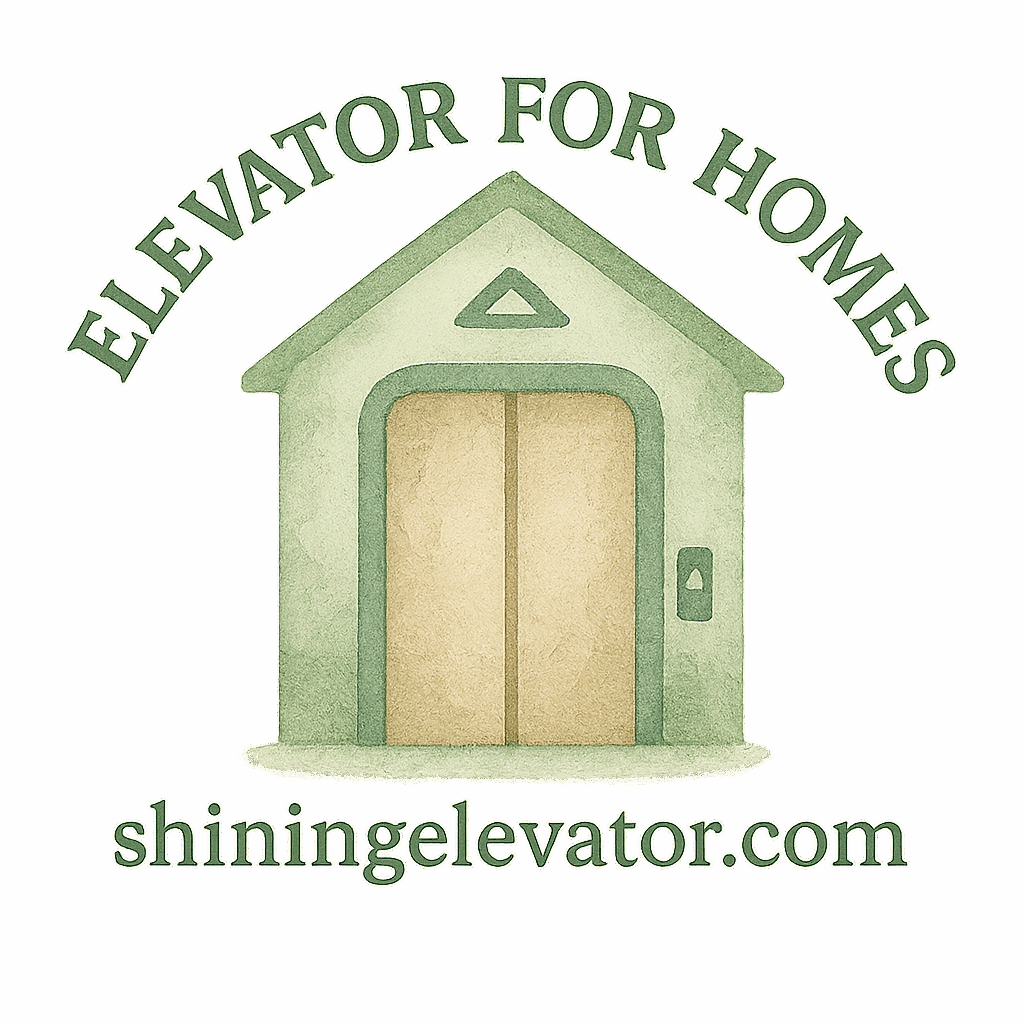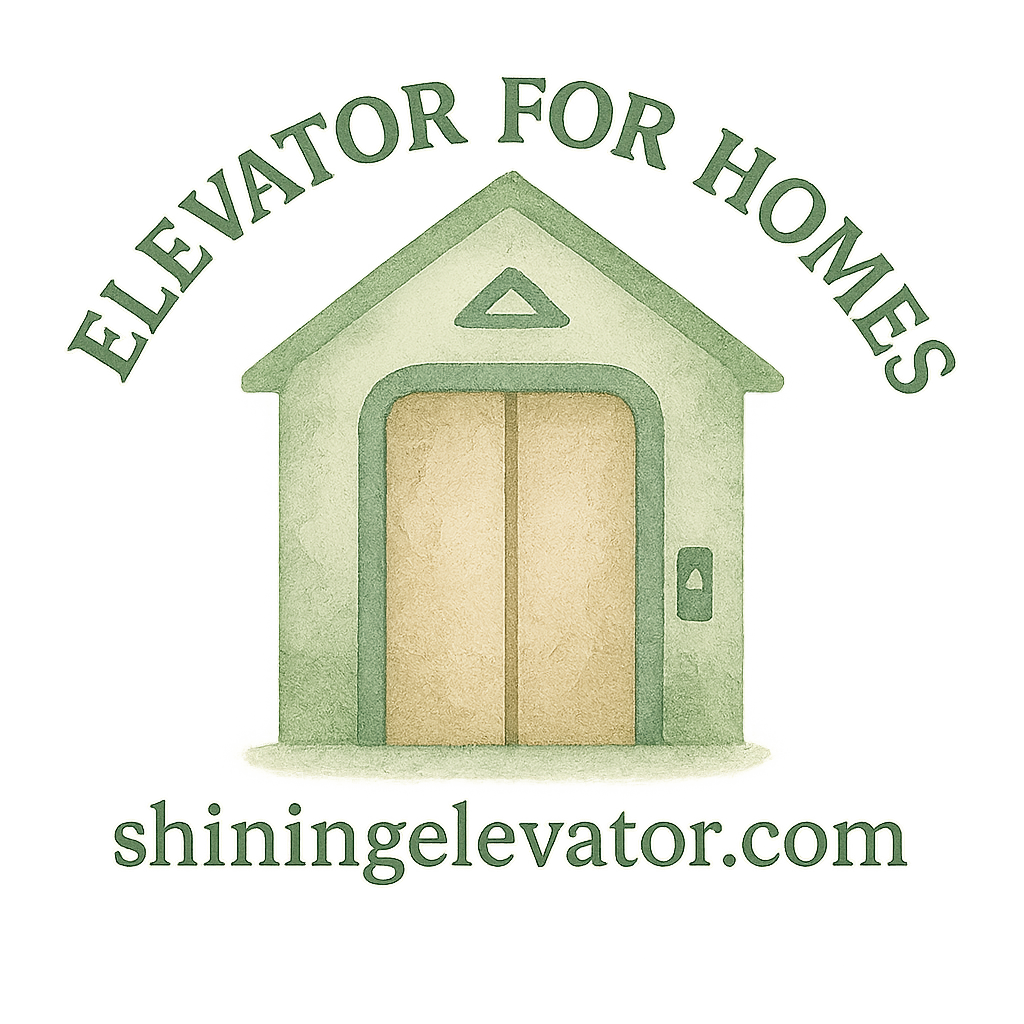Aging in place. It’s a beautiful concept, isn’t it? Staying in the comfort of your own home as you grow older, surrounded by familiar memories, photos, and your favorite chair. But sometimes, stairs become the villain in that story. That’s where elevators come in—and not just any elevators, but ones designed to make life easier and safer for seniors. Let’s explore the 7 elevator features that help seniors age in place and live independently with peace of mind.
Why Aging in Place Matters
More seniors than ever are choosing to age in place rather than moving into assisted living. Why? Because home is where the heart is. According to AARP, nearly 90% of seniors say they want to remain in their own homes as they age.
Aging in place helps maintain autonomy, fosters mental well-being, and can even save on long-term care costs. But safety and accessibility are key—especially when stairs become a daily challenge.
👉 Learn more about home accessibility and how home elevators are redefining senior independence.
What Is a Home Elevator and Why It’s a Game-Changer
A residential elevator is a compact lift designed to fit into your home, offering safe and reliable floor-to-floor transport. With sleek designs and space-saving features, today’s elevators are more stylish and versatile than ever.
Check out elevator types and features to explore your options!
How Elevators Empower Independence for Seniors
Let’s be honest—climbing stairs in your 70s or 80s isn’t fun. Add in joint pain, vision issues, or balance problems, and stairs become dangerous. Installing a home elevator eliminates that risk, allowing seniors to move freely without relying on someone else.
Now, let’s break down the 7 must-have elevator features that make aging in place not just possible—but comfortable and empowering.
Feature #1: Easy-to-Use Controls
Simplicity Over Complexity
No one wants to squint at tiny buttons or navigate confusing controls. Elevators built for seniors prioritize simplicity—think one-touch buttons, backlit panels, and intuitive labeling.
Control Placement for Accessibility
Controls should be placed at wheelchair height and easy to reach. This simple feature makes a huge difference for seniors using mobility aids.
✅ Explore design customization options to ensure controls fit your exact needs.
Feature #2: Smooth and Silent Operation
Noise Reduction Benefits
Clunky, loud elevators can be disorienting or even anxiety-inducing. Modern home elevators use quiet-drive systems that hum softly—barely noticeable.
Vibration-Free Ride Enhances Comfort
No more jerks or bumpy rides! A smooth start and stop make transitions easier for seniors with balance issues or vertigo.
💡 Find out how compact elevators are designed with smooth rides in mind.
Feature #3: Low Step-In Height
Safer Entry and Exit
A low threshold or no-step entry is critical for seniors who shuffle or use walkers. It reduces tripping risk dramatically.
Preventing Trips and Falls
Falls are the number one cause of injury among seniors. That one small step—or the lack of it—can be life-changing.
🏠 Consider options designed for residential elevators that are safe, stylish, and senior-friendly.

Feature #4: Emergency Backup Systems
Power Outage Protection
Imagine being stuck during a power outage. Scary, right? Modern elevators include battery backup systems so you’re never stranded.
Alarm and Intercom Options
If anything does go wrong, built-in alarms and two-way communication systems provide reassurance and immediate contact with help.
🛠️ Learn about installation and maintenance options that ensure your elevator is always ready.
Feature #5: Spacious and Accessible Cabin
Accommodates Mobility Devices
Whether it’s a walker, cane, or wheelchair, the cabin must be roomy enough to accommodate it. Compact designs don’t have to mean cramped interiors.
Room for a Caregiver
Sometimes, you need someone to ride with you. A well-designed elevator can hold two people comfortably—a huge benefit for seniors with caregivers.
💼 Check out elevator customization ideas for a cabin that fits your lifestyle.
Feature #6: Custom Interior Design Options
Lighting, Colors, and Controls
Let’s not forget aesthetics! Soft lighting, warm colors, and non-slip flooring make your elevator both beautiful and functional.
Functional Beauty for Every Home
From wood paneling to luxury vinyl, your elevator should blend in with your home’s vibe—not stick out like a sore thumb.
🎨 Explore interior design options that elevate your space—literally and figuratively.
Feature #7: Advanced Safety Features
Sensors and Door Timers
Sensors detect movement and prevent doors from closing on limbs or pets. Door timers offer extra seconds for slow movers.
Automatic Emergency Braking
If the elevator senses a malfunction, it stops automatically. It’s like a seatbelt for your elevator!
🔒 Learn more about safety and accessibility features built to protect your peace of mind.
Choosing the Right Elevator Company for Seniors
It’s not just the elevator that matters—it’s who installs and maintains it. Look for elevator providers with experience in senior-friendly installations and top-notch customer support.
Planning Ahead for Aging in Place
Even if you’re still spry, planning now saves stress later. Install before mobility becomes a challenge, and you’ll thank yourself down the road.
🗂️ Get started with home planning resources to future-proof your space.
Budgeting for Your Home Elevator
Cost matters. But aging in place can actually be cheaper than assisted living in the long run. Explore elevator cost breakdowns to find what fits your budget.
🧾 Don’t miss this guide to budgeting and planning your investment wisely.
Elevators That Fit Small Homes and Tight Spaces
Think your home’s too small? Think again. Today’s small home elevators are compact, efficient, and customizable to your floorplan.
🏘️ Discover space-saving lift ideas that pack a punch without eating up your home.
Conclusion
Aging in place isn’t a dream—it’s a very real possibility when your home supports your lifestyle. These 7 elevator features aren’t just bells and whistles. They’re essential tools for comfort, freedom, and confidence.
Whether you’re planning for your own future or helping a loved one stay independent longer, a home elevator is a smart and life-enhancing choice. With the right features, you’re not just going up a floor—you’re elevating your whole lifestyle.
Ready to start planning? Visit Shining Elevator for guides, inspiration, and trusted professionals who can help you make aging in place a reality.
FAQs
1. What’s the best elevator feature for elderly safety?
Advanced safety features like automatic brakes and motion sensors provide top-tier protection for seniors.
2. Are home elevators affordable for retirees?
Yes! With options starting at various price points, plus budgeting tools, many seniors find home elevators surprisingly accessible.
3. Can a home elevator fit in a small house?
Absolutely. Compact elevators are designed specifically for tight spaces without compromising comfort.
4. How long does installation take?
Installation typically takes a few days to a few weeks, depending on your home and elevator type. Learn more about the installation process.
5. Do elevators increase home value?
Yes! Elevators can boost property value, especially in multigenerational homes or luxury residences. Explore the luxury look advantages.
6. Are elevators reliable during power outages?
Yes, most modern elevators come with battery backups. Read more on emergency planning.
7. Is an elevator better than a stairlift for seniors?
For multi-floor homes or those with mobility devices, elevators offer more comfort, space, and independence than stairlifts.


